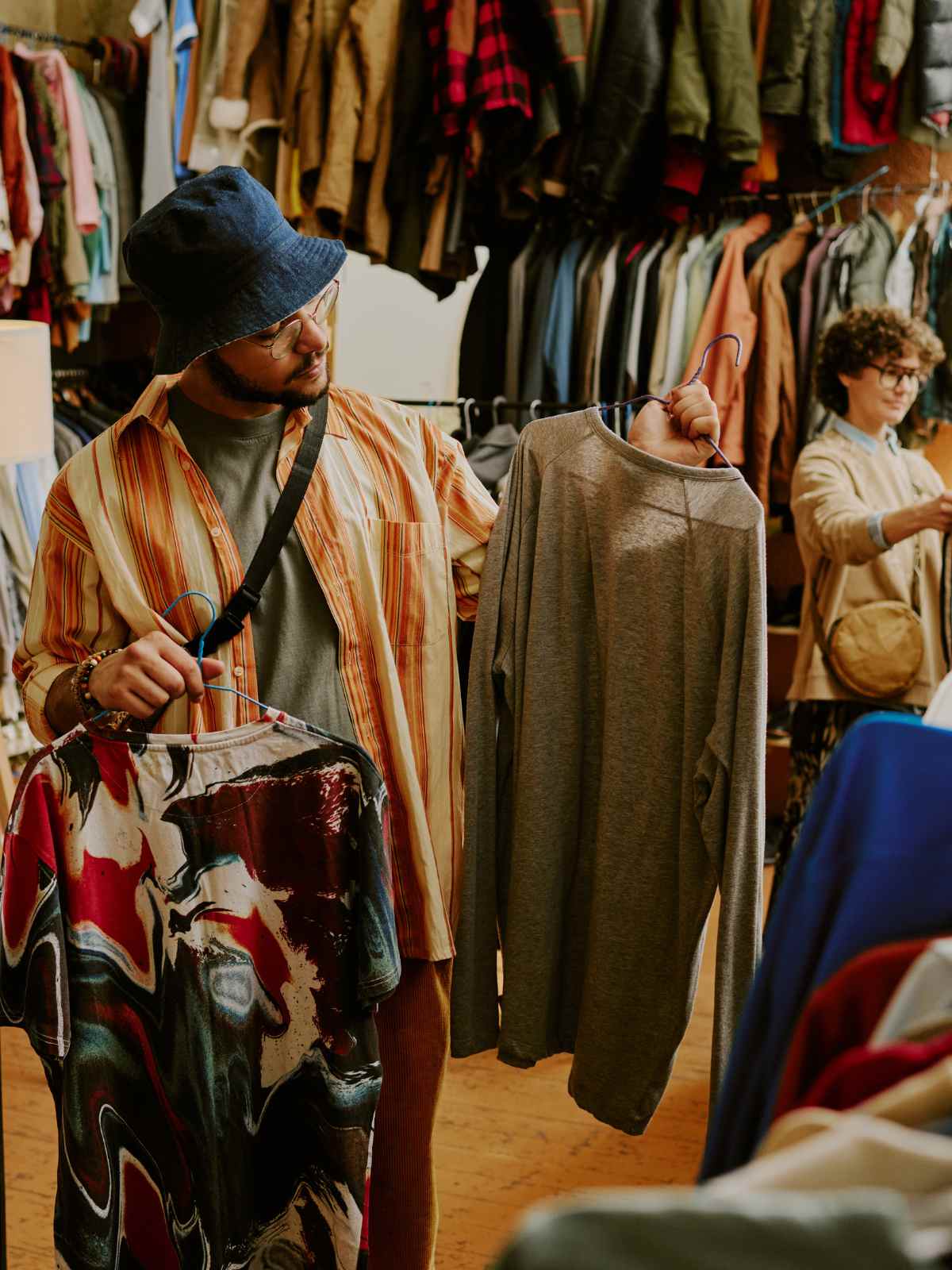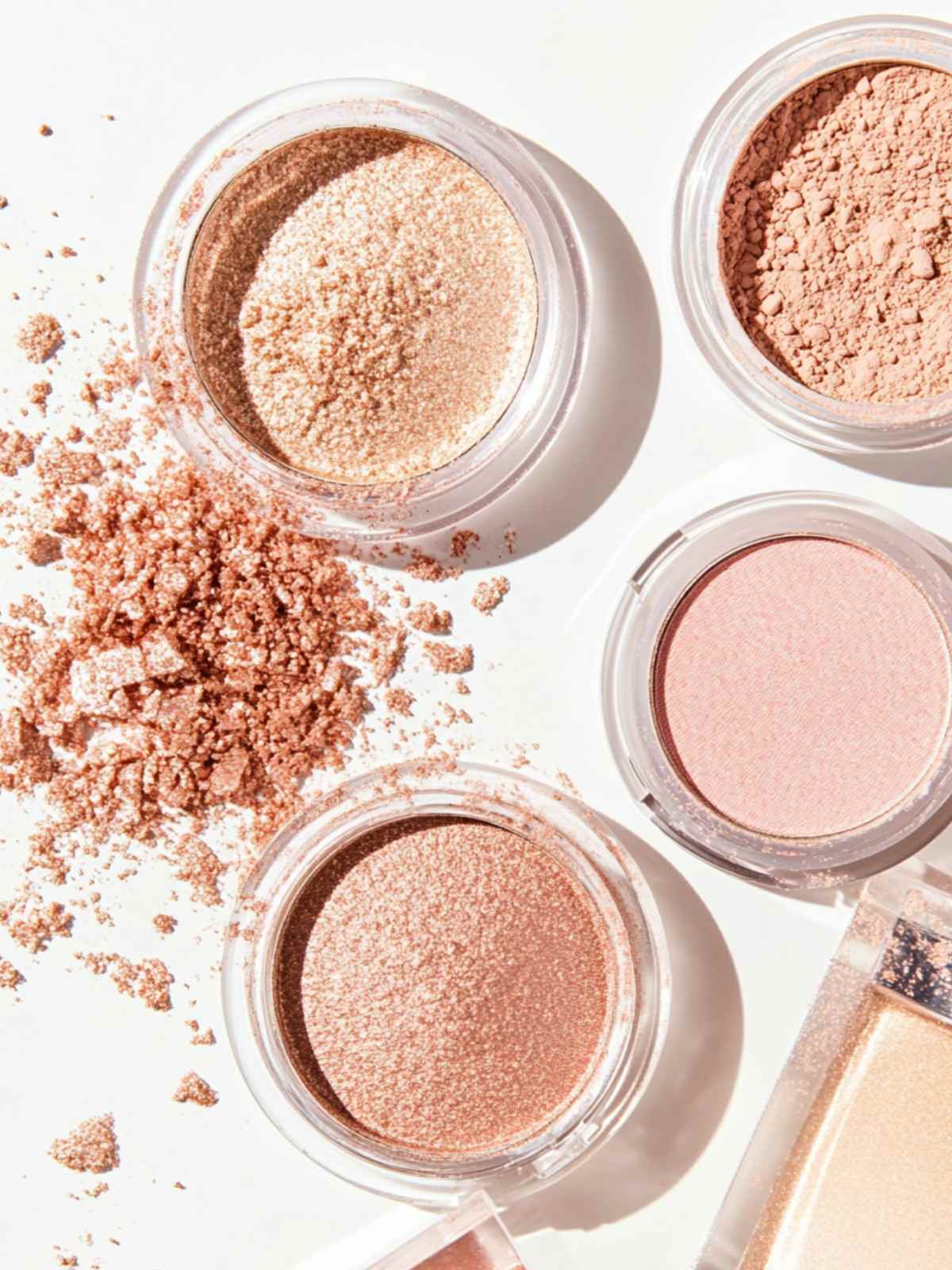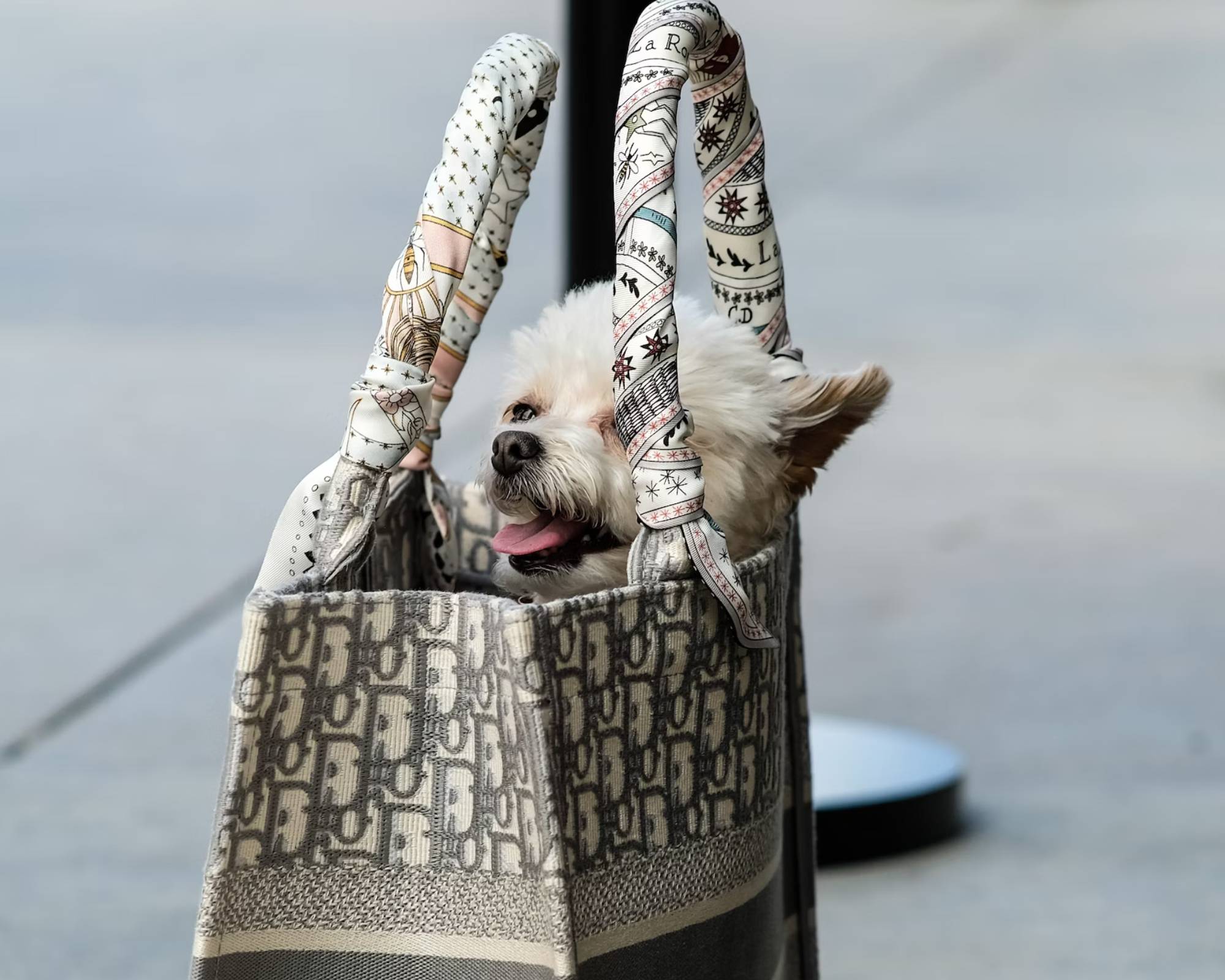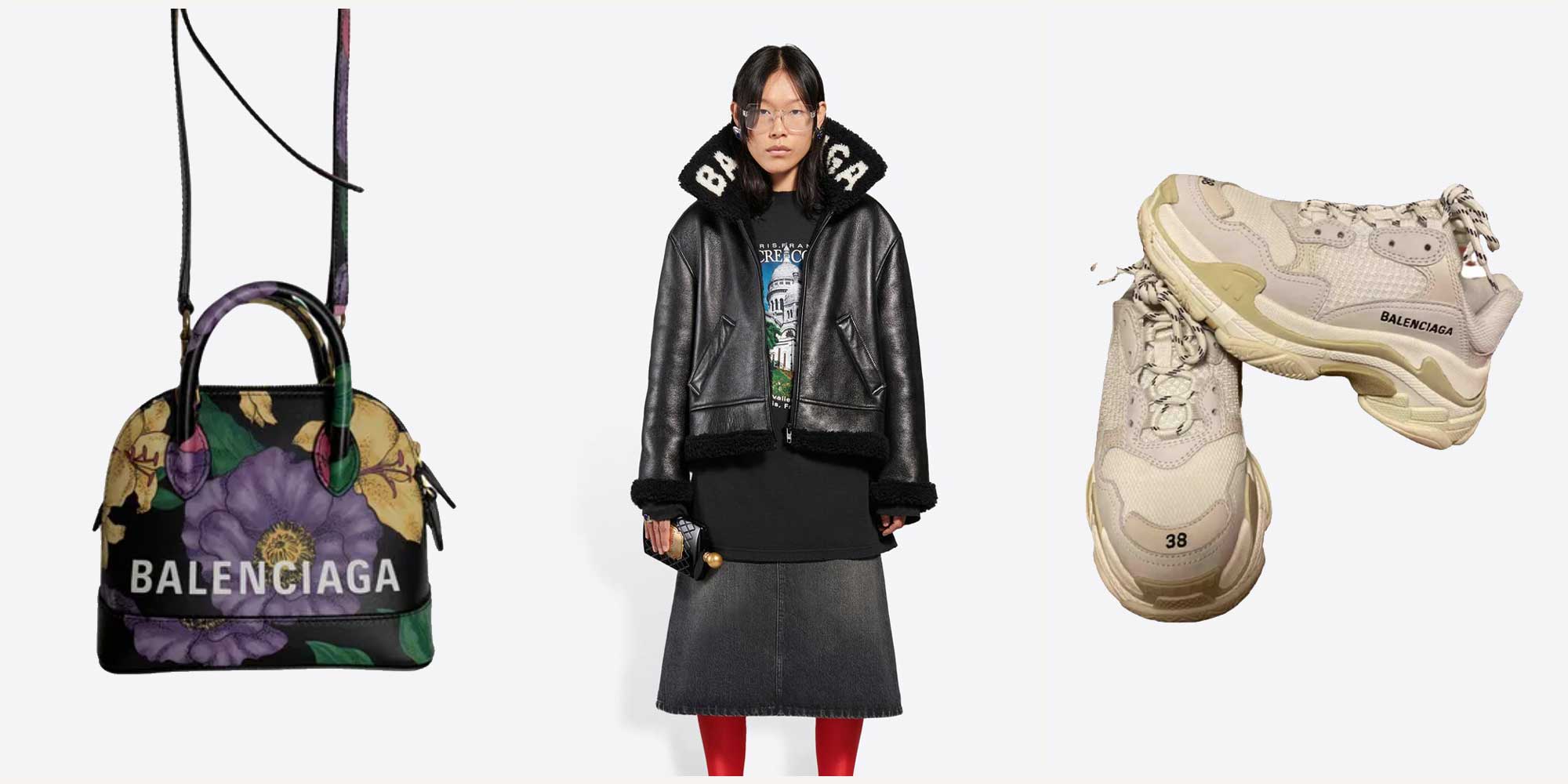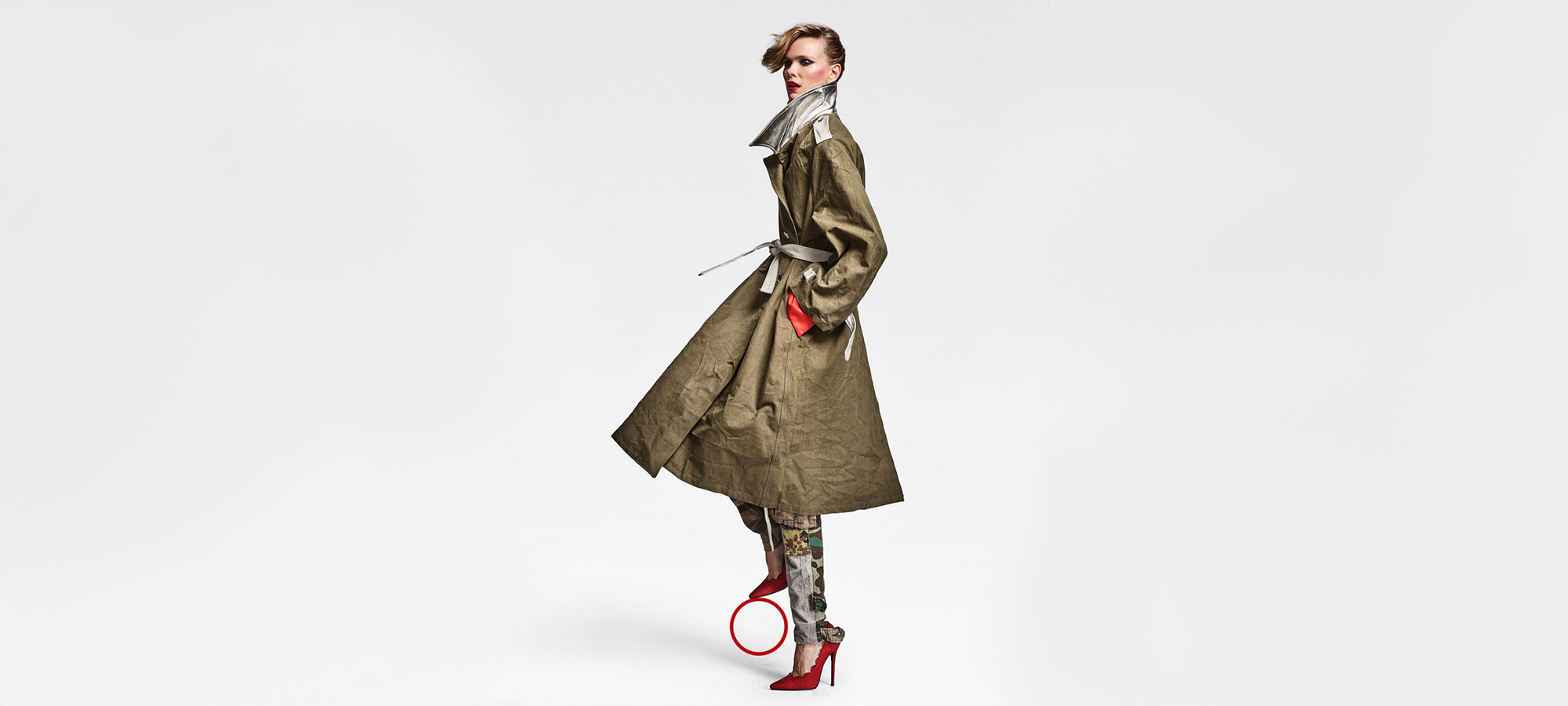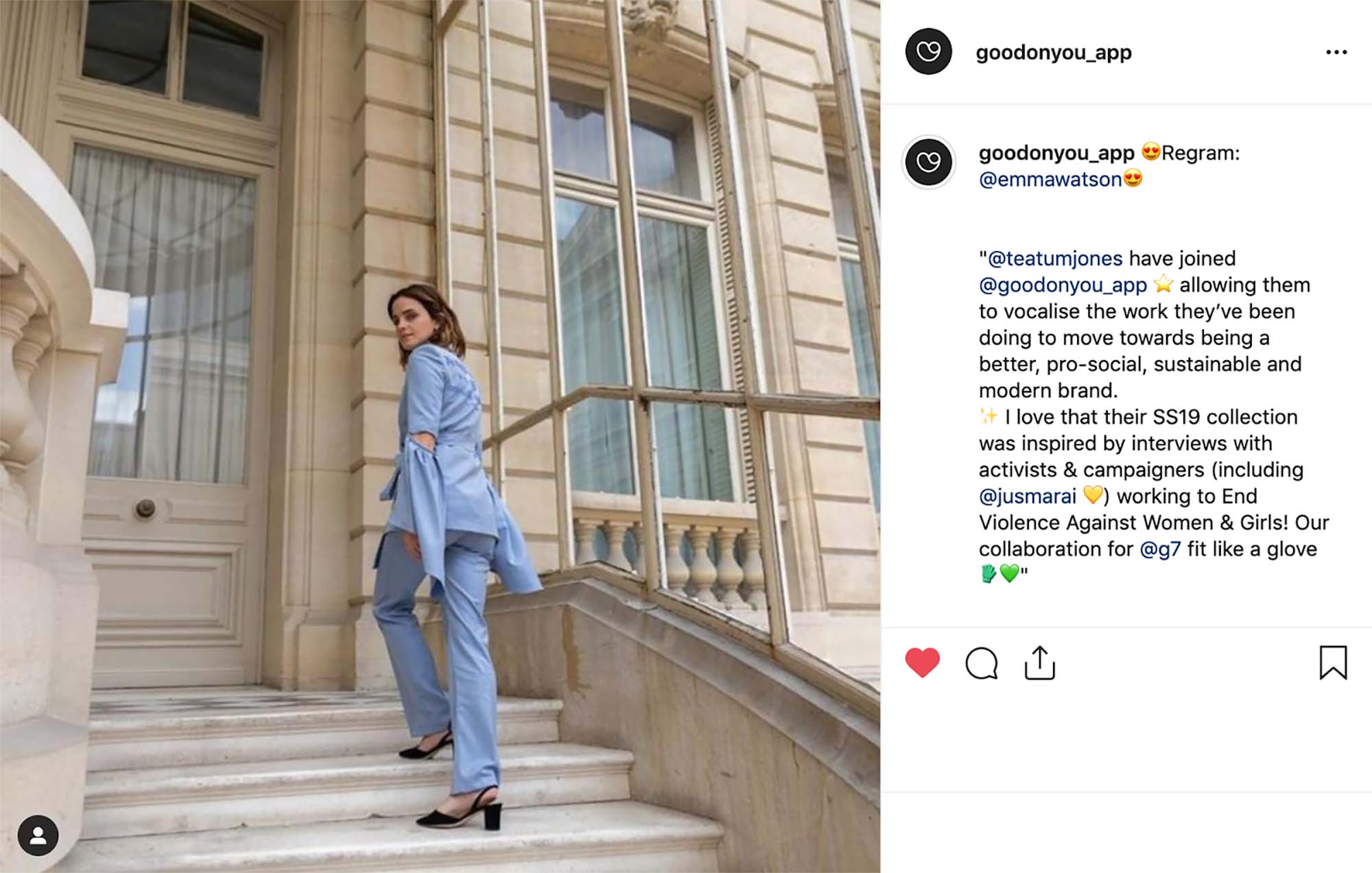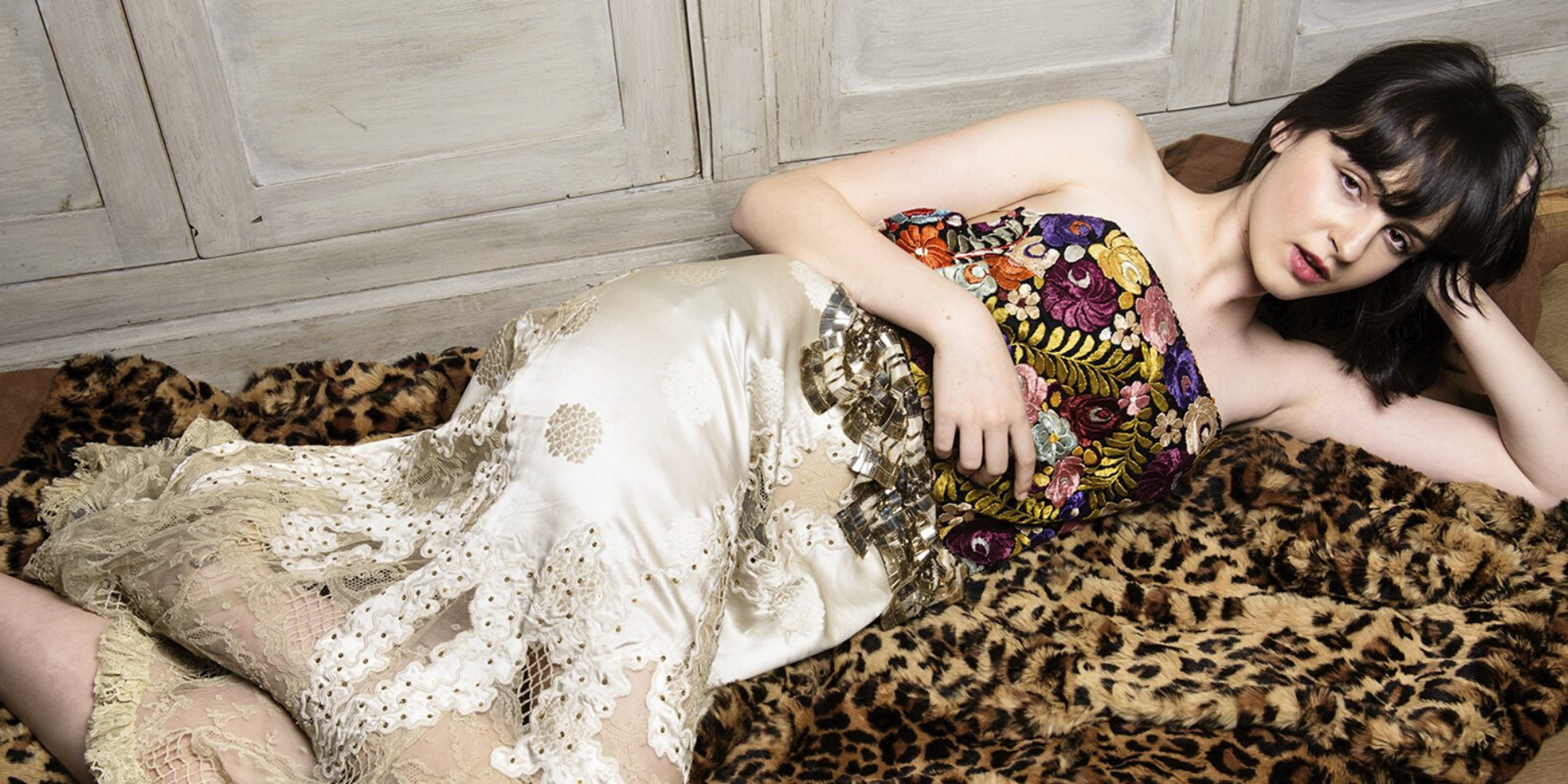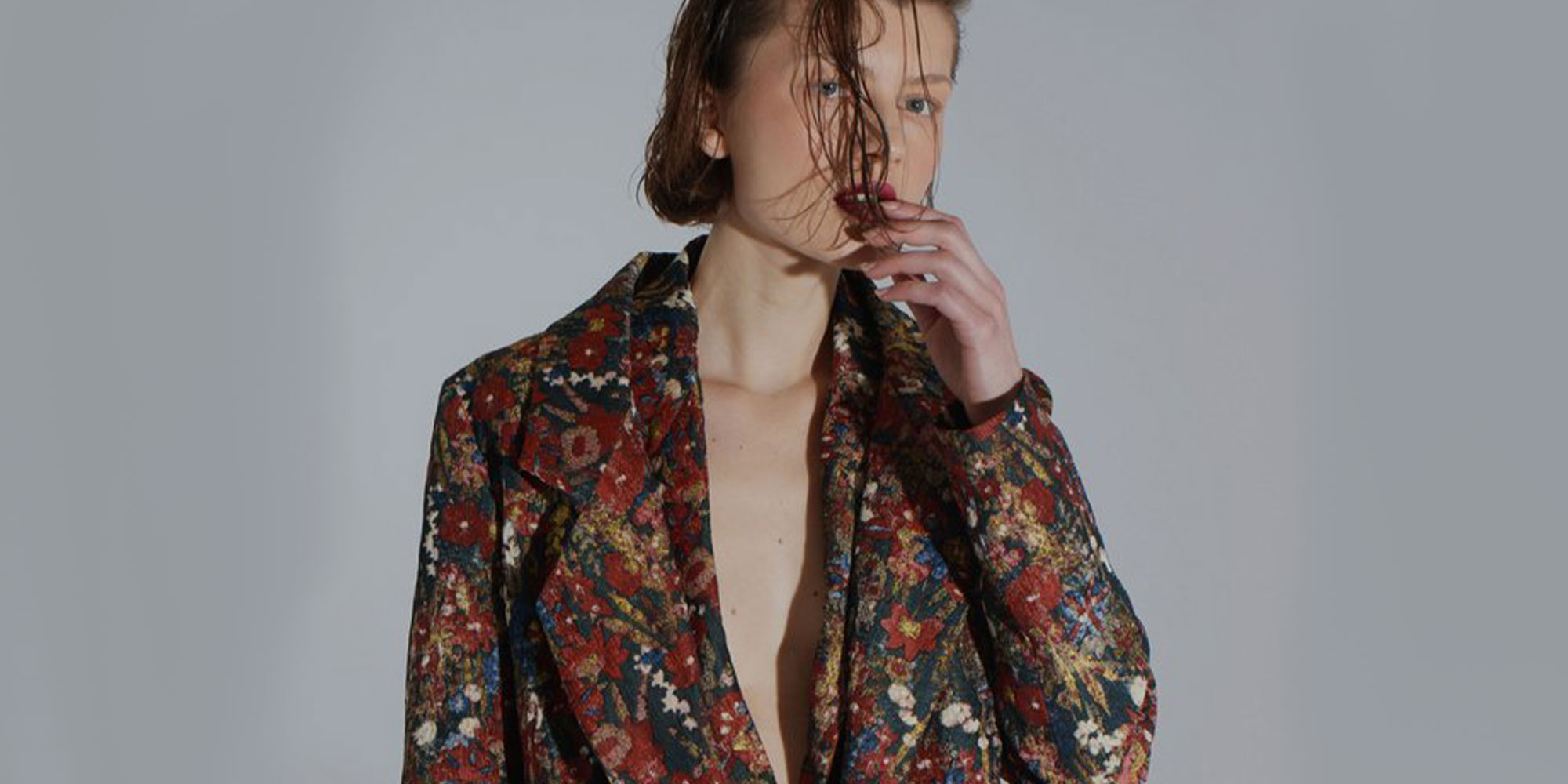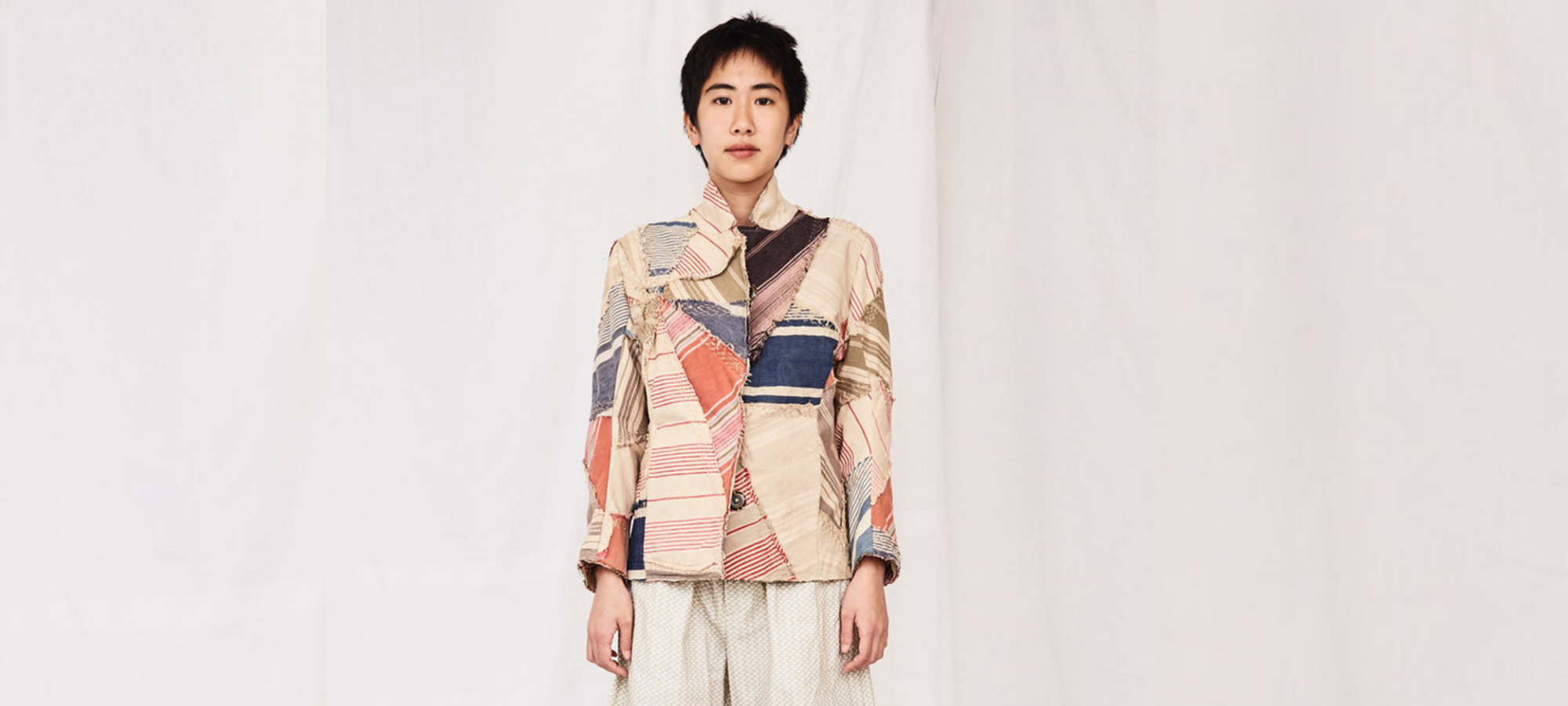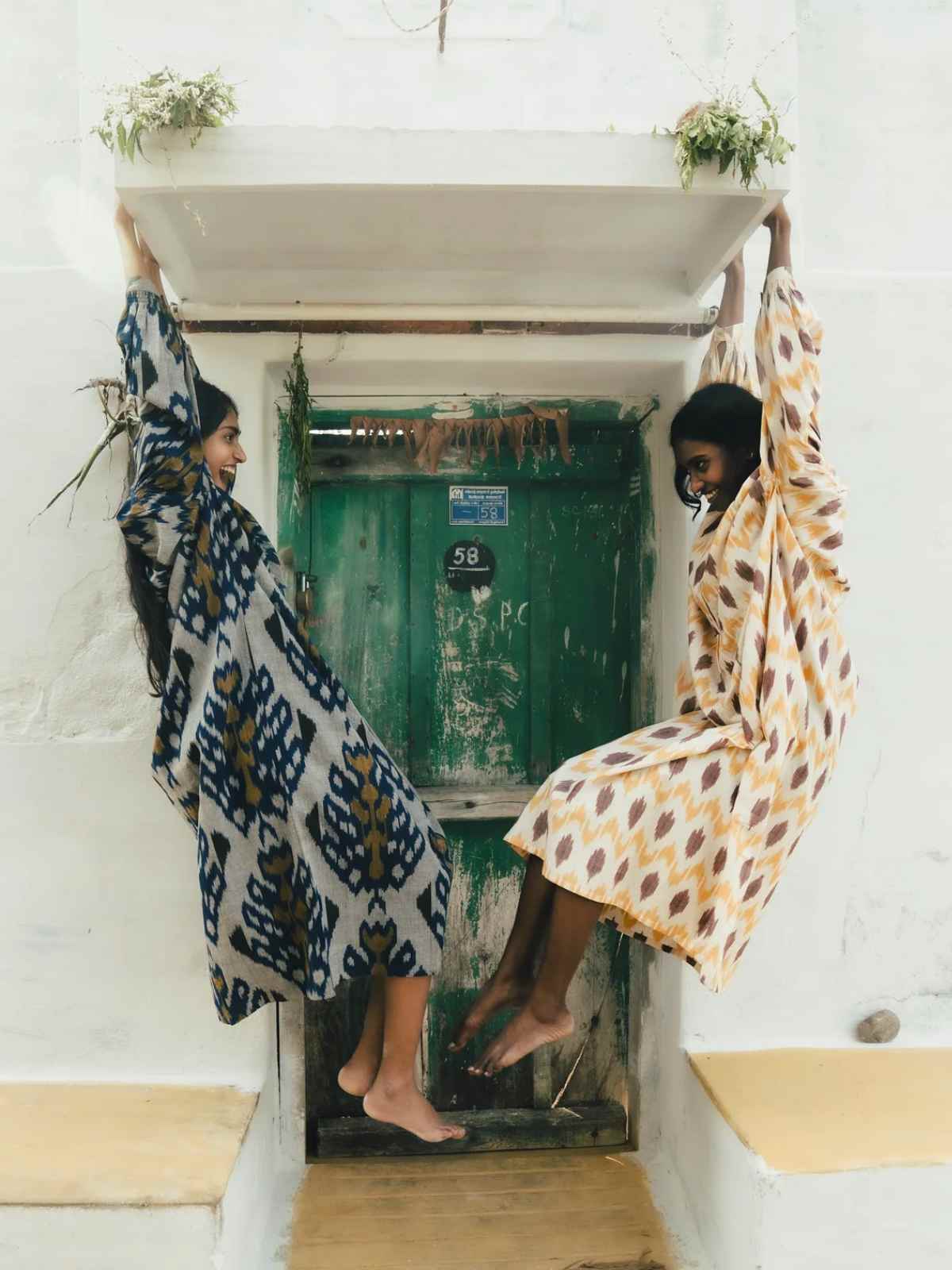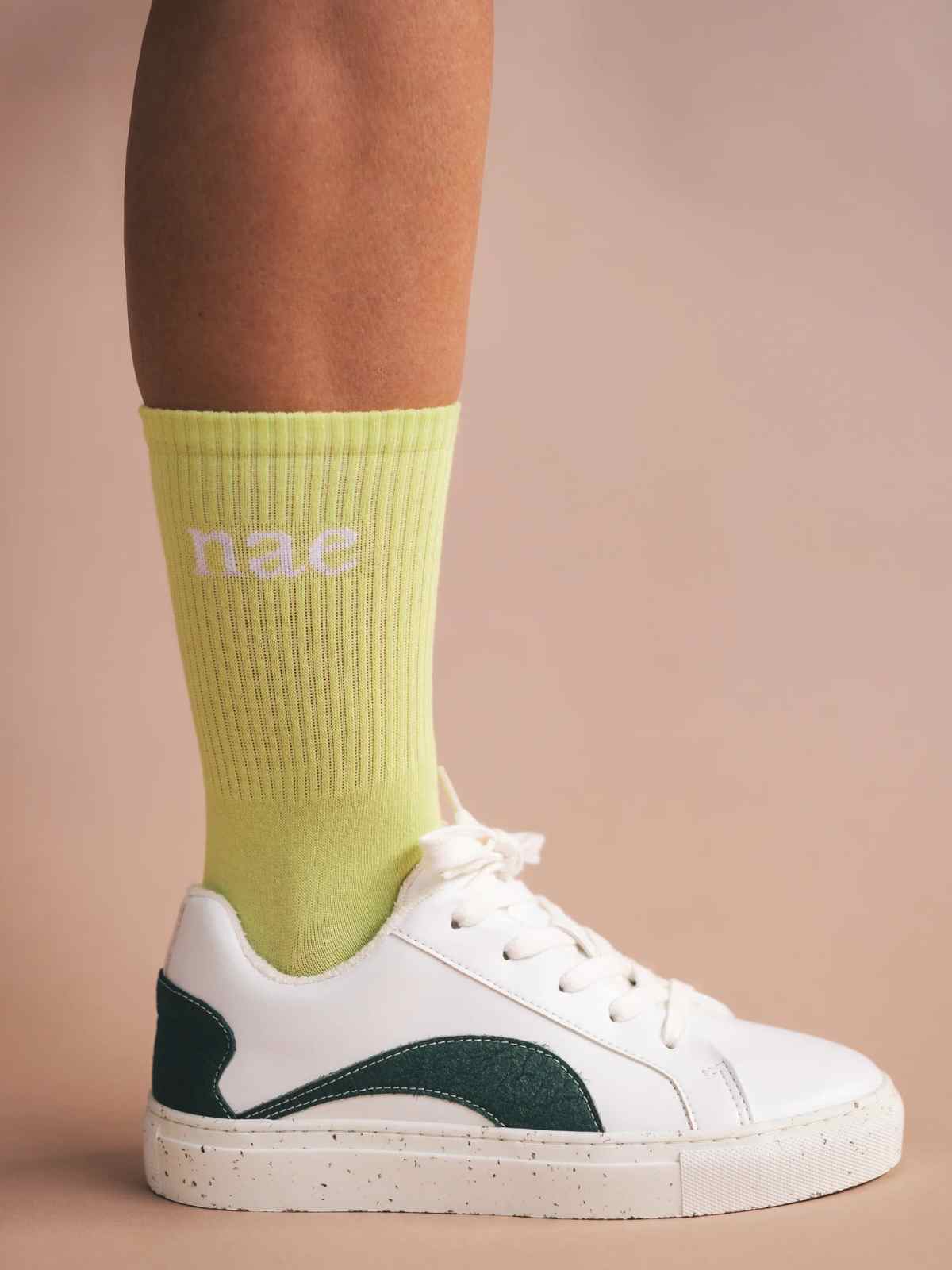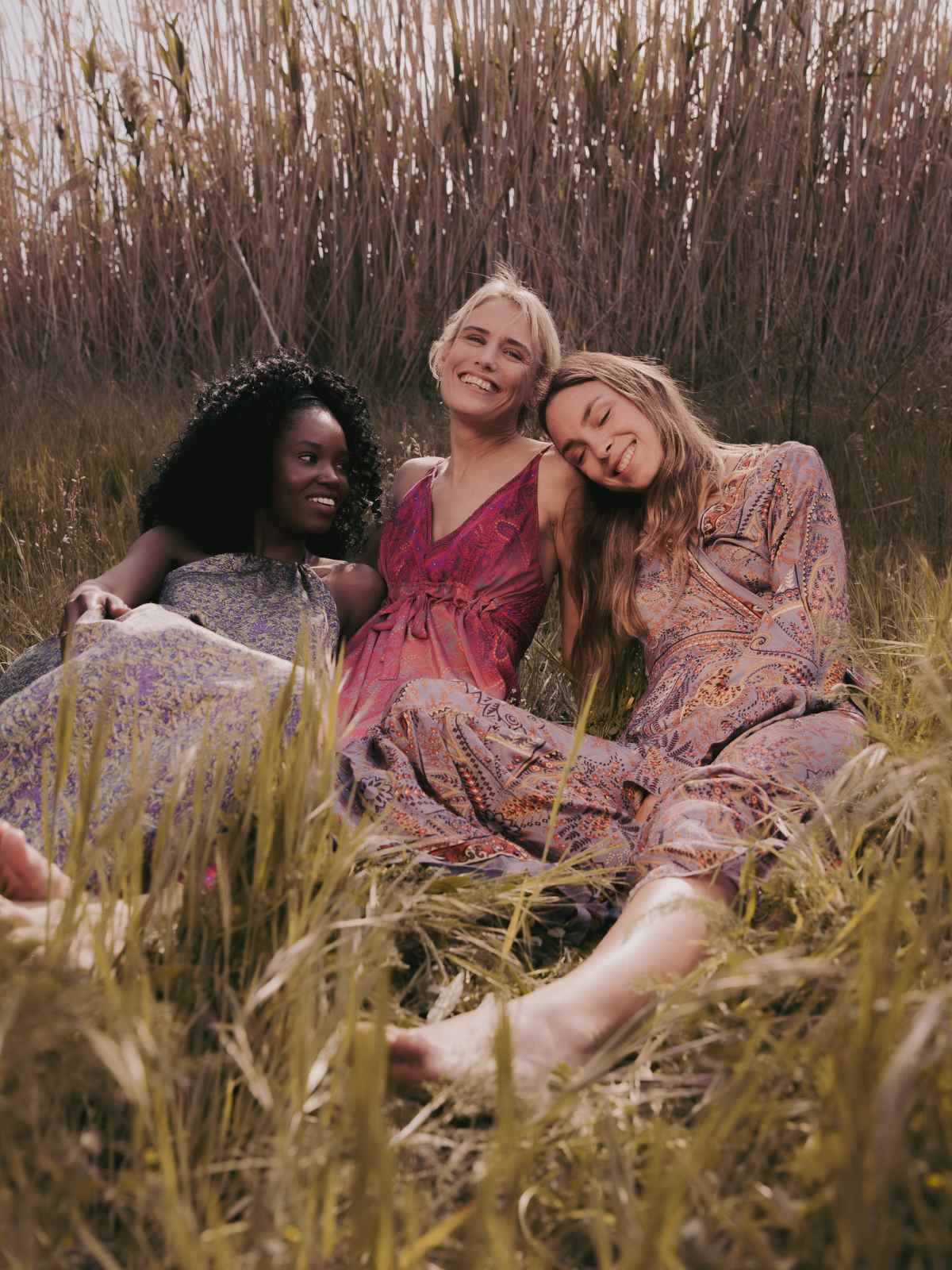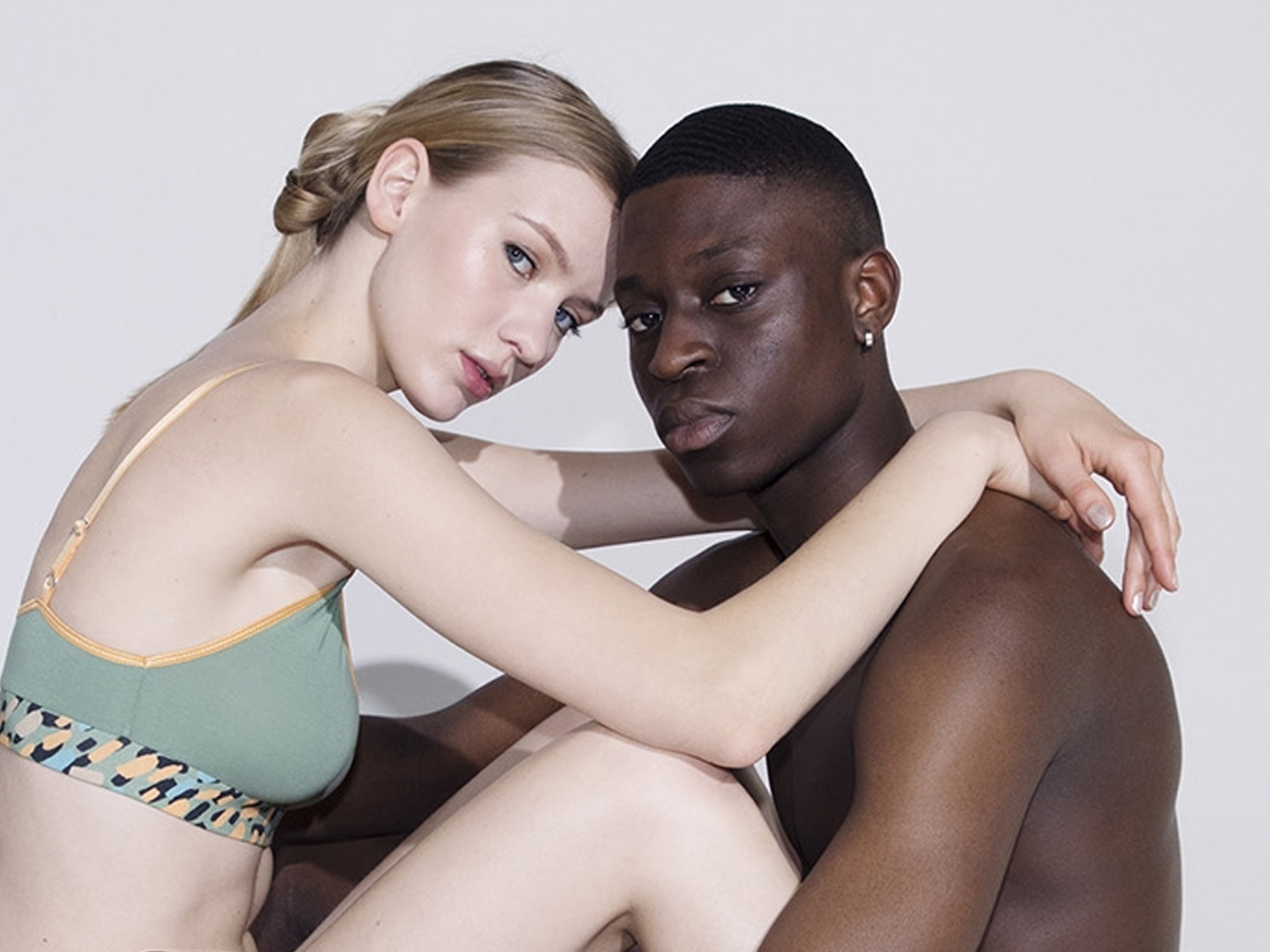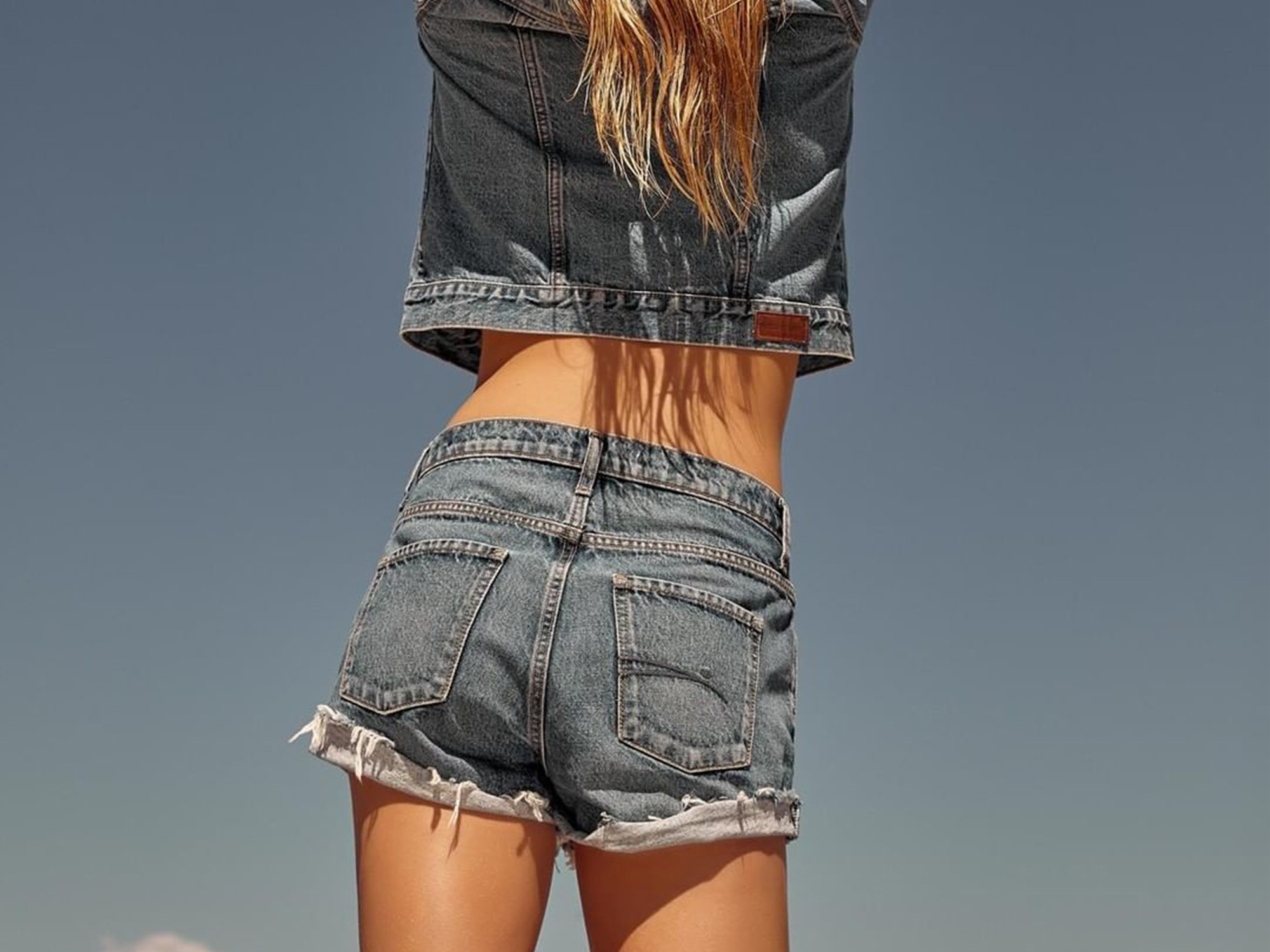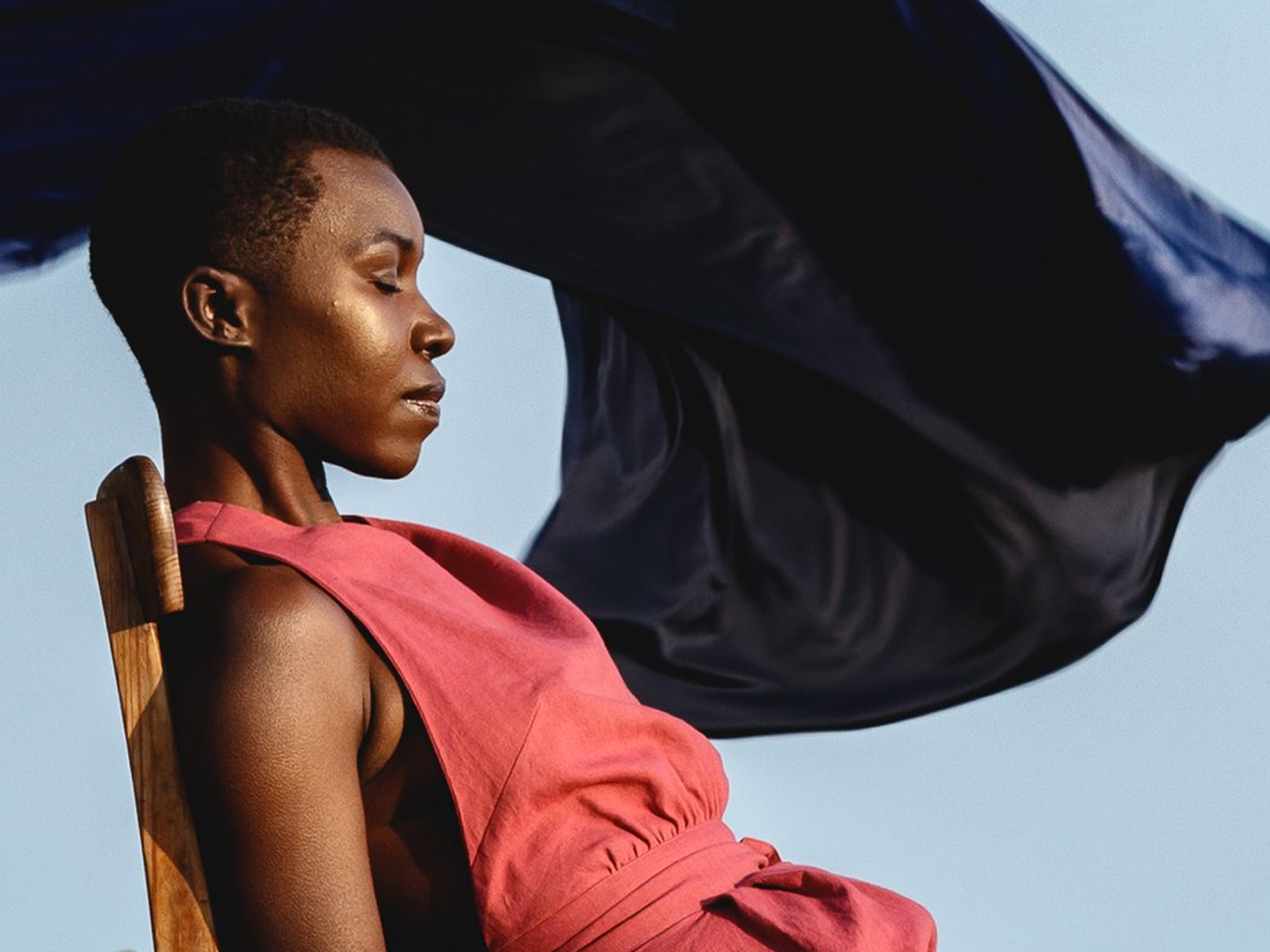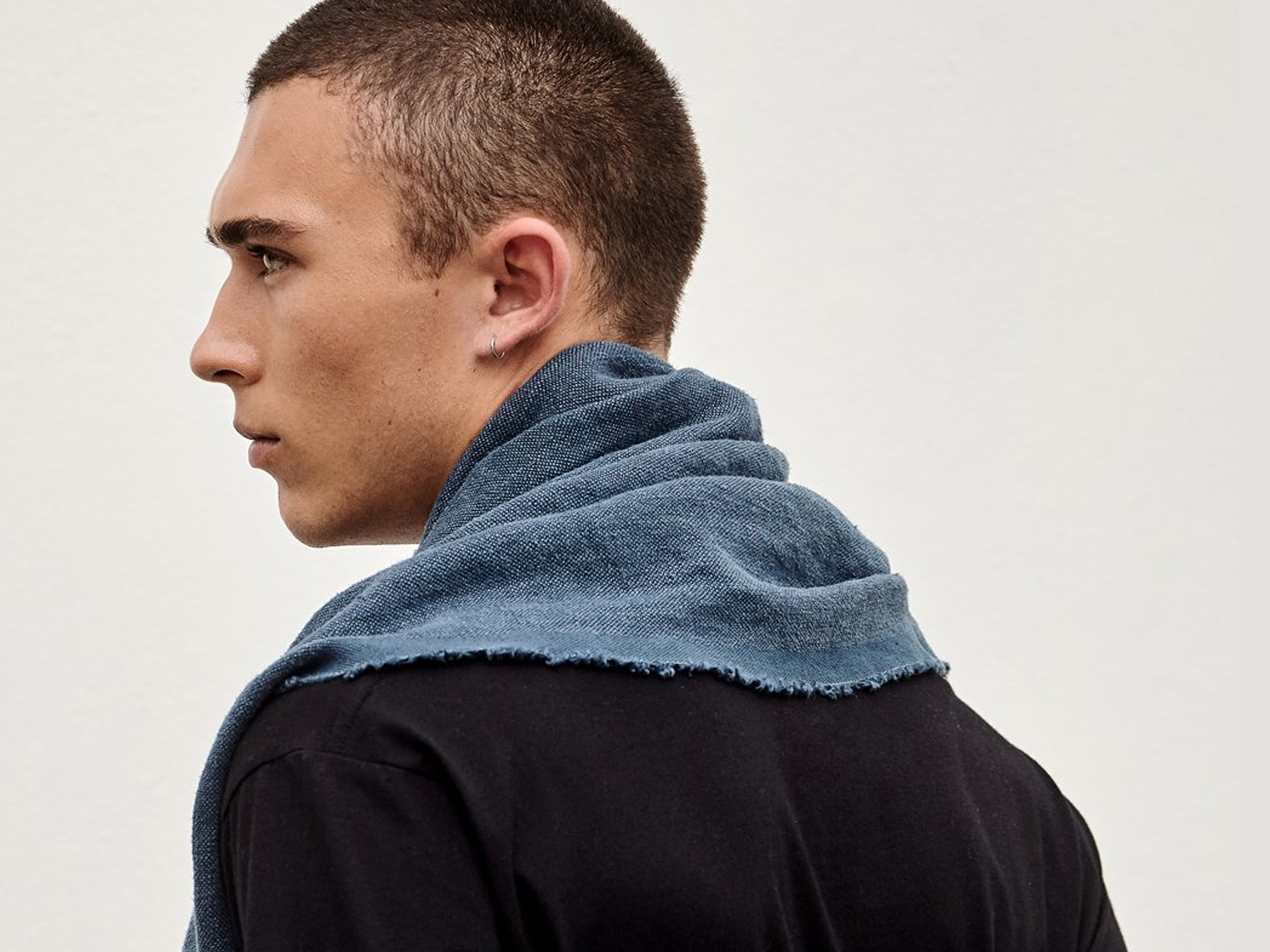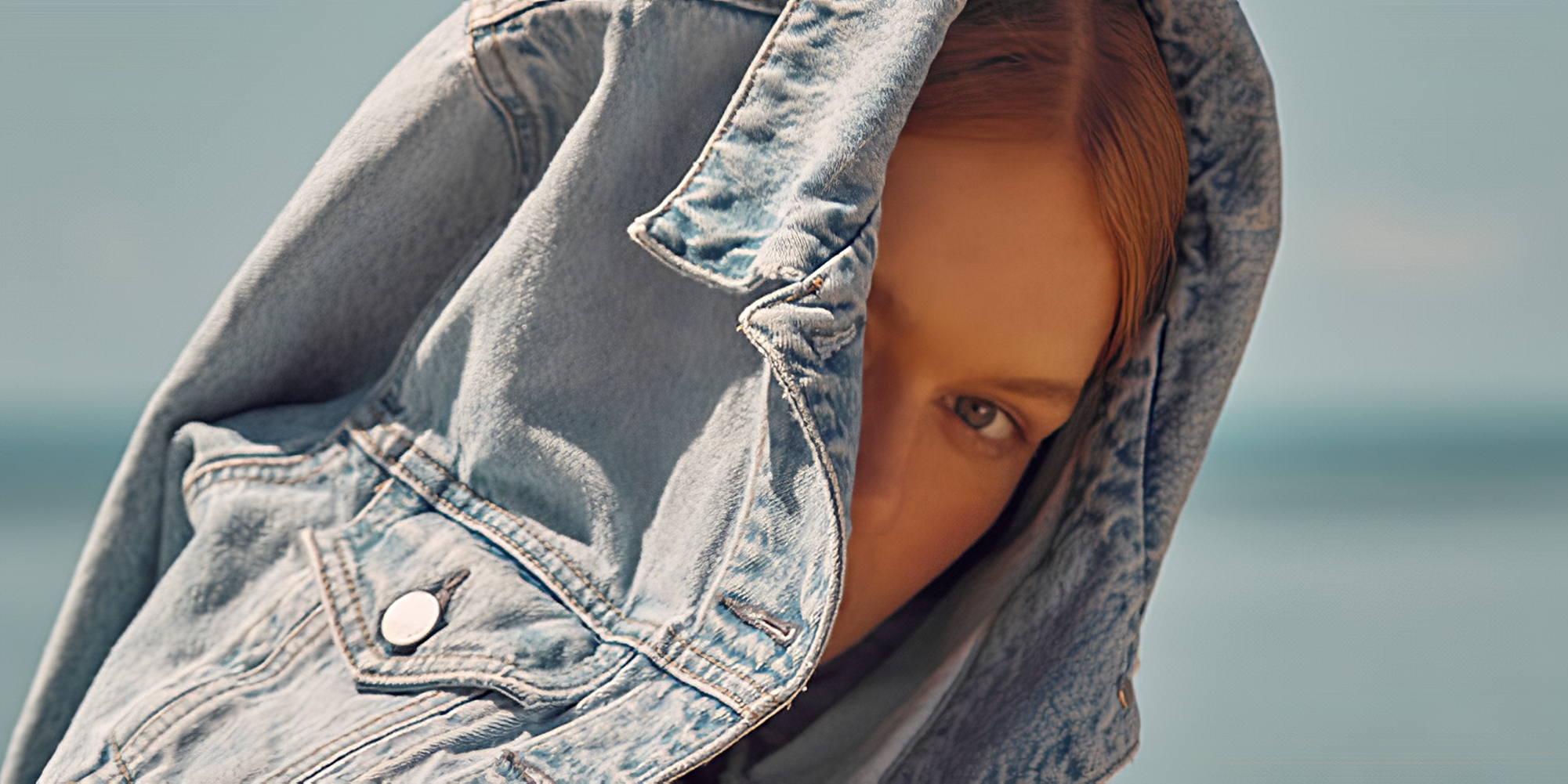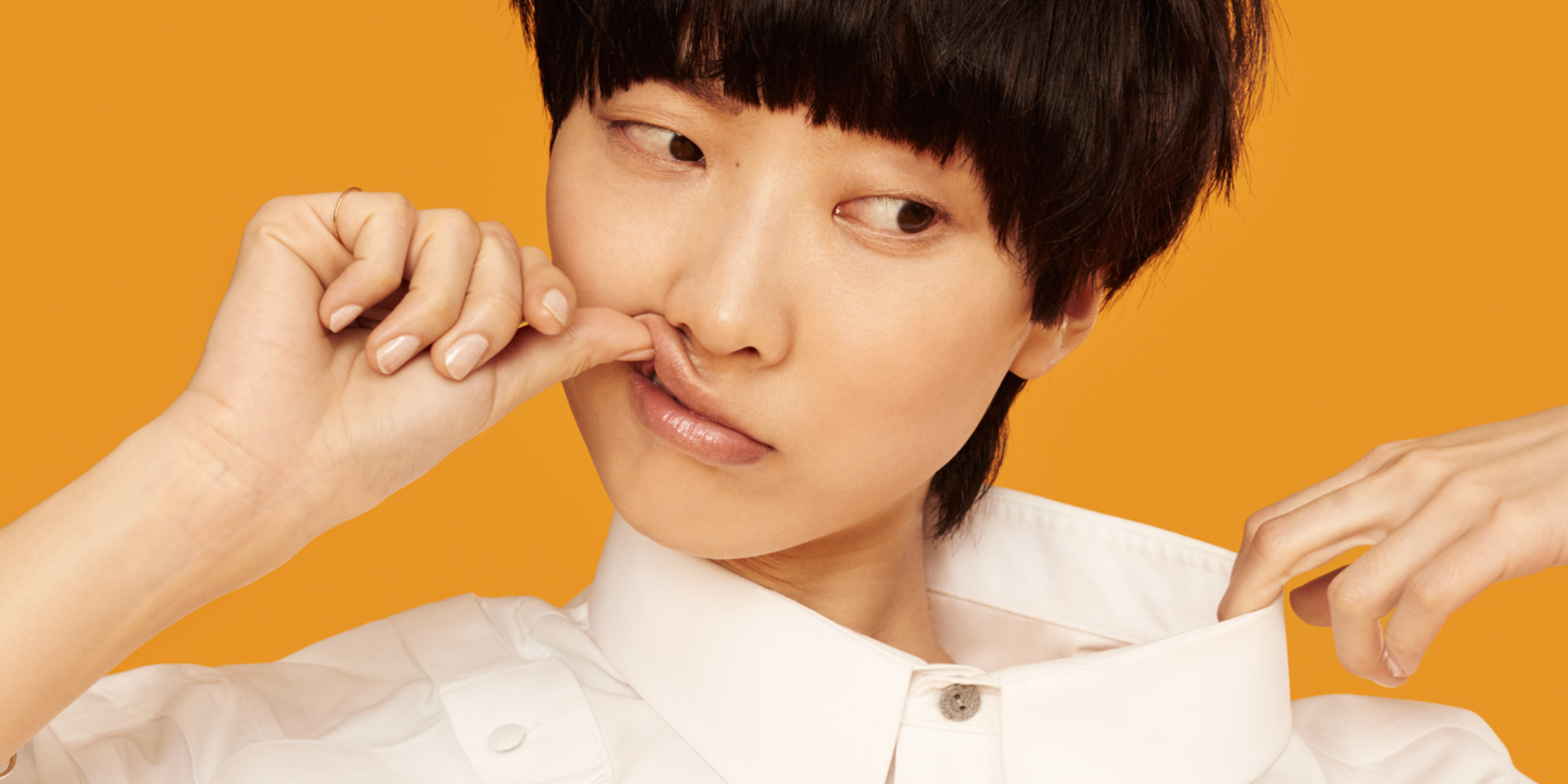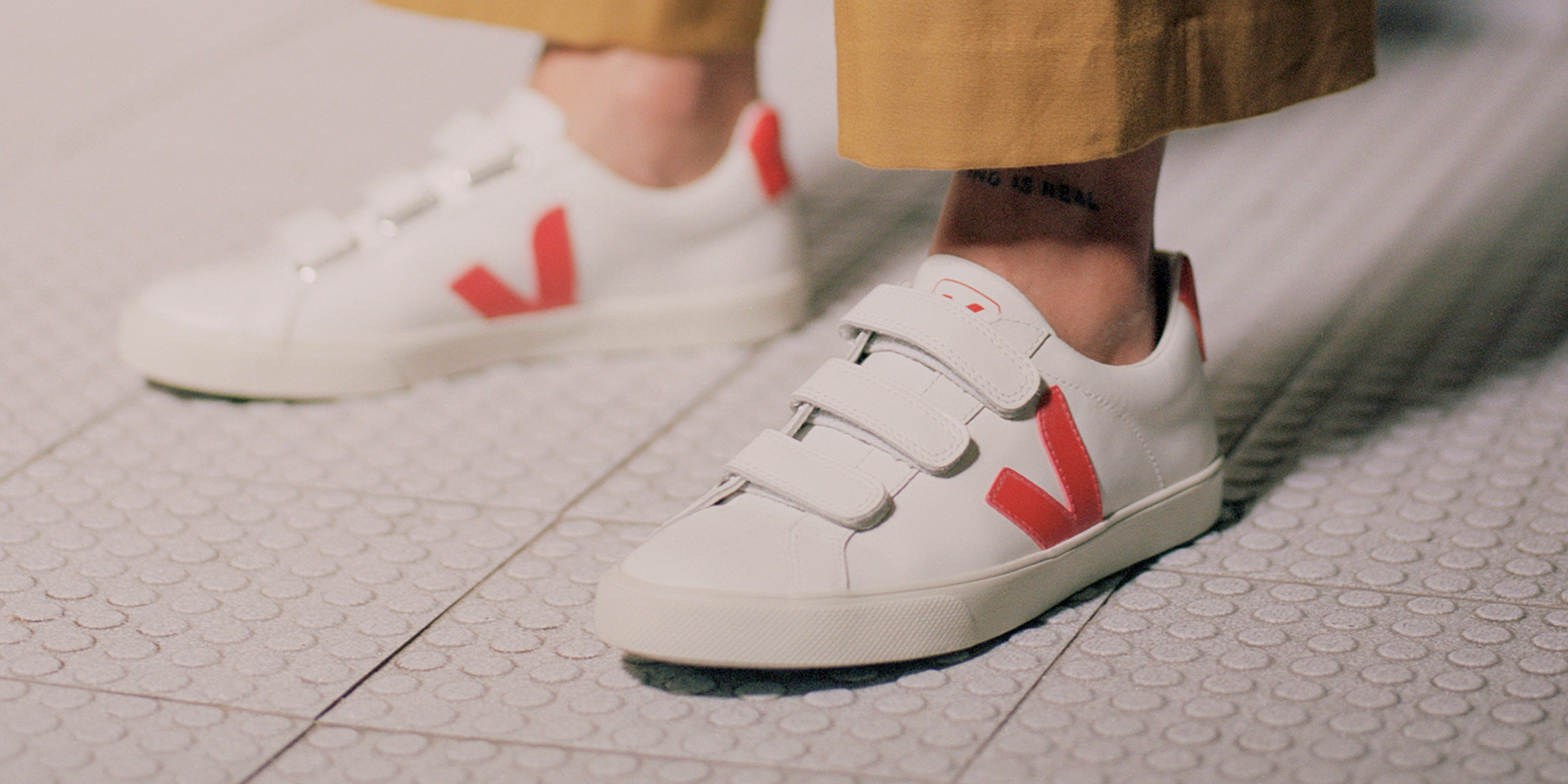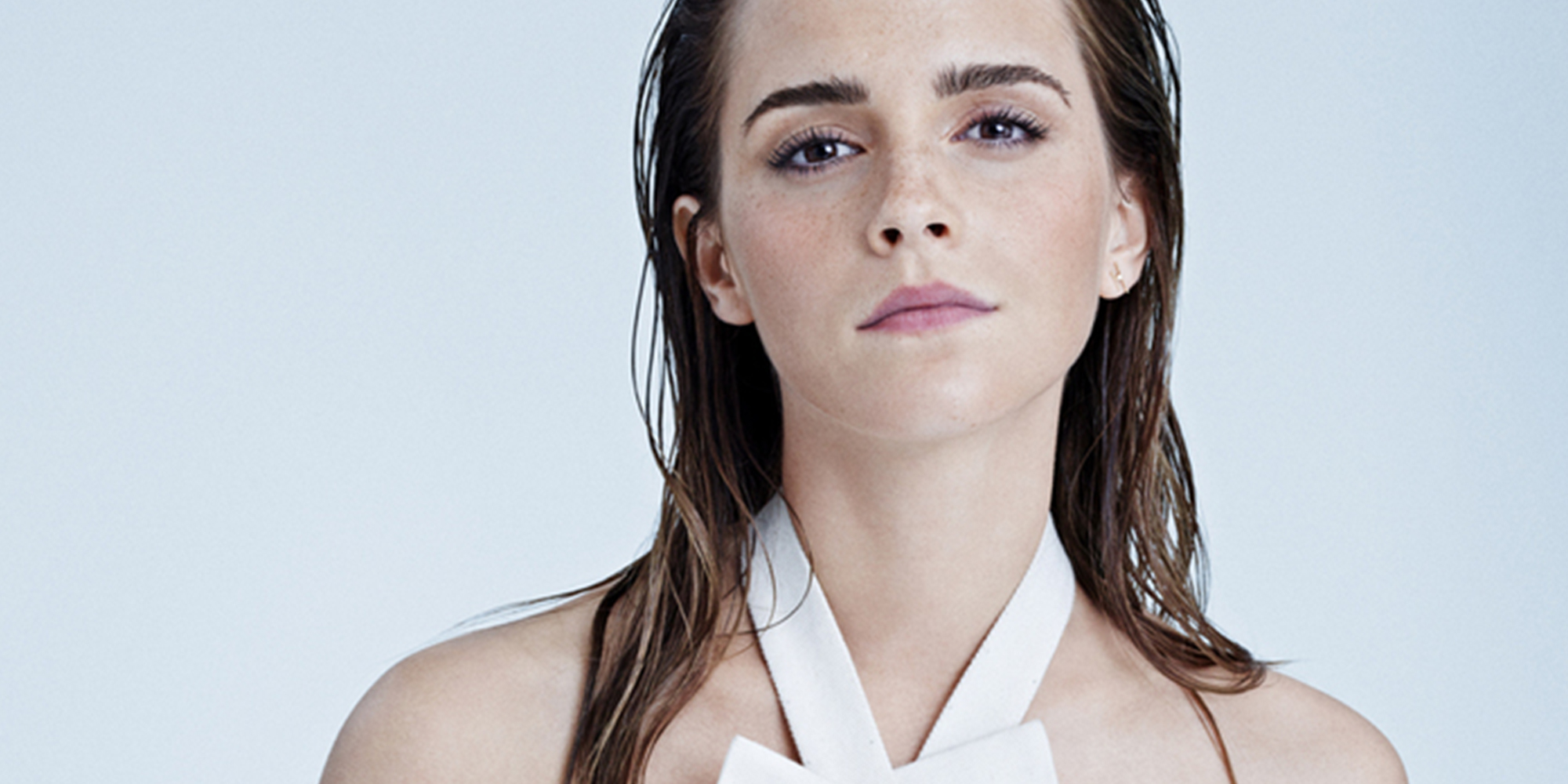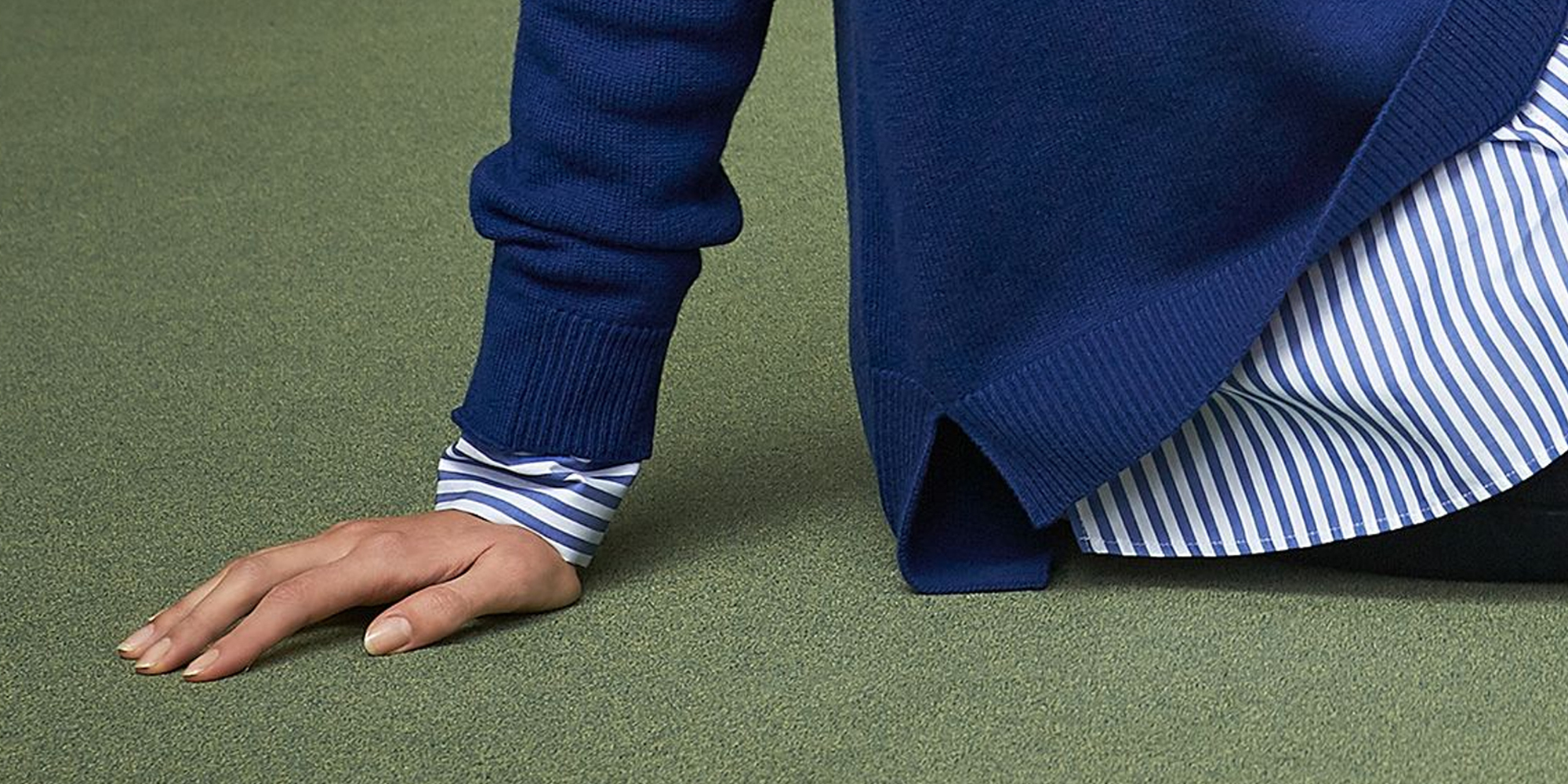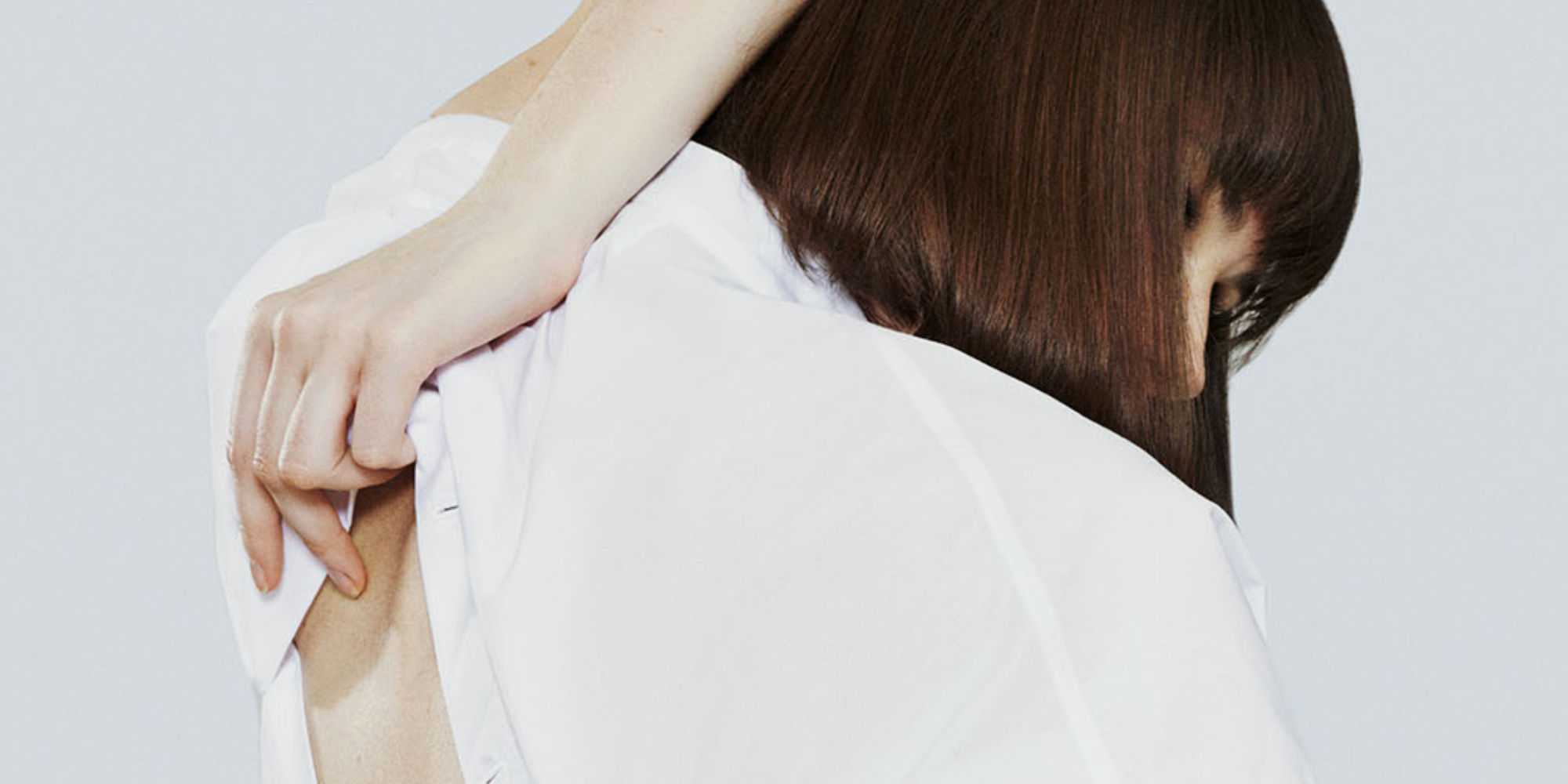Our editors curate highly rated brands that are first assessed by our rigorous ratings system. Buying through our links may earn us a commission—supporting the work we do. Learn more.
While Haute Couture has long been synonymous with dreamy, one-of-a-kind creations and an elite circle of exquisite craftsmanship, a deeper look reveals that the world of high fashion often falls short when it comes to more sustainable practices, and most brands score “It’s a Start” or below. This article is based on the brands’ ratings published between August 2022 and June 2023, and may not reflect claims the brands have made since then. Our ratings analysts are constantly rerating the thousands of brands you can check on our directory.
What is Haute Couture?
Prestigious and unique in the fashion world, Haute Couture is unapologetically Parisian. Born in 19th century France, Haute Couture is often associated with elegant, elaborate, and exclusive gowns made from high quality and very often expensive fabrics. When thinking of Haute Couture, famous designer names might come to mind like Chanel, Givenchy or Dior. But you might also be wondering how sustainable these famous brands actually are.
First, let’s look at what Haute Couture means. The phrase has been misused and misunderstood for a long time, so let’s clear things up once and for all. “Couture” is French for “dressmaking”, and “Haute” means “high”. Haute Couture doesn’t just mean “high fashion” and luxurious: high fashion isn’t Haute Couture, and not all luxury houses are Haute Couture. In fact, there are precise rules for qualification.
Charles Frederick Worth, the father of Haute Couture, created the Chambre Syndicale de la Haute Couture Parisienne in the 19th century, a union that still exists and chooses who gets to be qualified as Haute Couture. To qualify as a true Haute Couture house, the fashion houses must respect several rules: designs must be made-to-order for private clients; there must be more than one fitting; the house must use an “atelier”, and employ at least 15 full-time staff. In addition to this, the fashion houses must have 20 full-time technical workers in the work room, and present a collection of at least 50 original designs in January and July during Haute Couture weeks.
It’s only after meeting these precise criteria that brands can be admitted into this very elite circle. But Haute Couture certainly doesn’t guarantee fashion houses are more ethical and sustainable.
Is Haute Couture more sustainable?
The hidden costs of luxury fashion, which Haute Couture brands are part of, can be steep. We had a look at our comprehensive data on luxury brands, and the numbers are clear: only 11% of luxury brands score “Good” or “Great” overall. In fact, only two of the Haute Couture brands we have rated score “It’s a Start” or above. What’s more, most luxury brands are still doing very little for people, with 75% of these brands scoring “Not Good Enough” or below. 111 out of 174 (63%) large luxury brands in our database, including most of the brands listed below, were also flagged as not paying a living wage at any stage in the supply chain.
This being said, it’s important to acknowledge that Haute Couture brands operate on a very different scale from, say, fast fashion brands. They produce less but at higher price points. This distinction impacts the scope of sustainability issues faced. While Haute Couture brands’ higher price tags don’t make them inherently more ethical, their lower production volume may imply less waste and environmental pollution compared to their fast fashion counterparts. However, this doesn’t absolve them of responsibility. In fact, it places even greater emphasis on their obligation to care for the workers within their supply chains. While we recognise the differences between Haute Couture brands and the rest of the industry, we believe that all brands must be held accountable for their actions.
Consumers play a crucial role in doing just that. As individuals and citizens, we hold the power to drive change with our choices. By making informed decisions and supporting brands that prioritise human rights and sustainability, we can send a powerful message to the fashion industry.
Let’s take a look at the ratings for some of the most famous Haute Couture brands.
Haute Couture brands conscious consumers are better off avoiding
This list contains brands rated our bottom two scores of “Not Good Enough” and “We Avoid”. The conscious consumer should steer clear of supporting these harmful or opaque brands, which are either making no moves to change their production practices for the better or simply don’t publish enough (or any) information about their current practices. You have a right to know how the products you buy impact the issues you care about.
